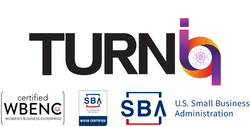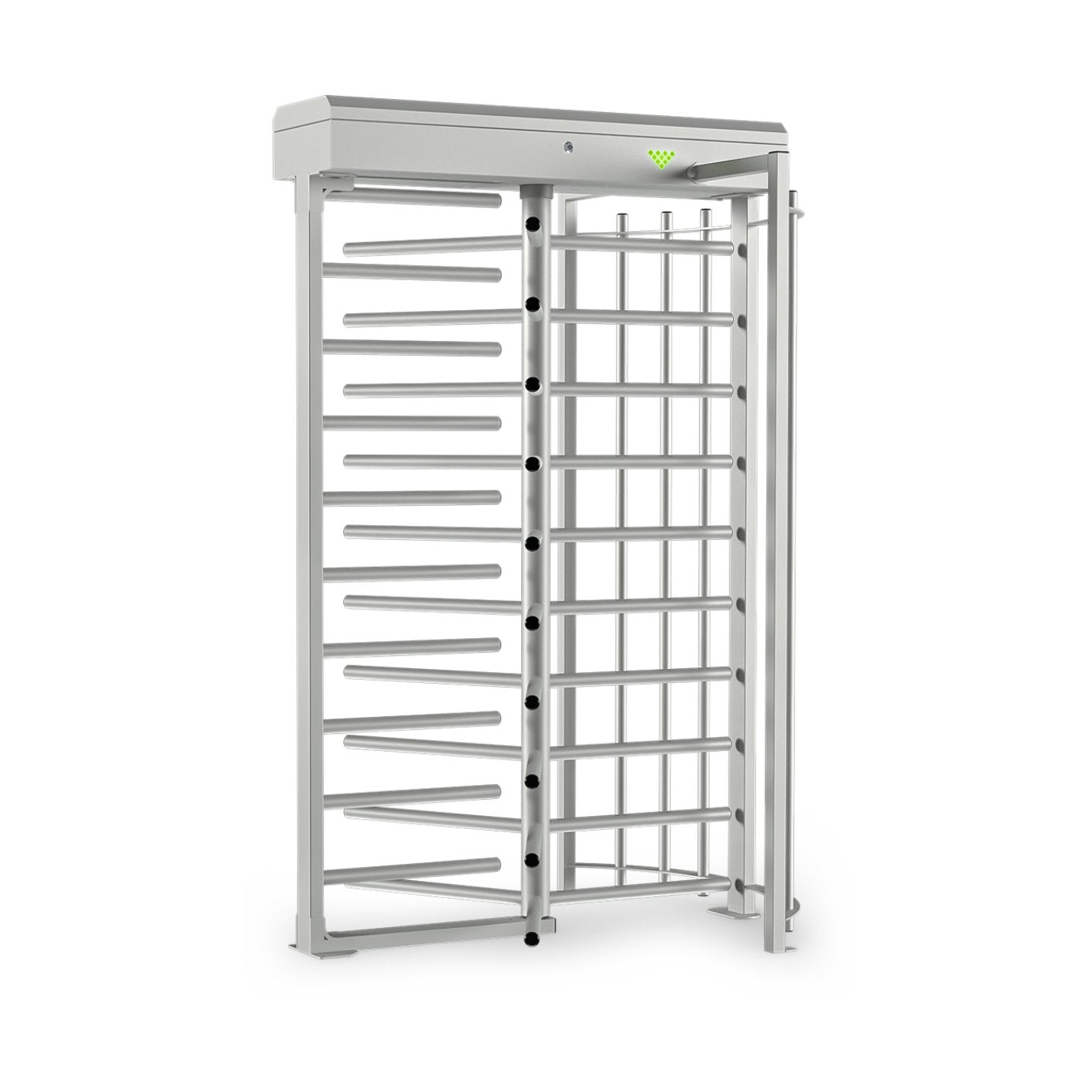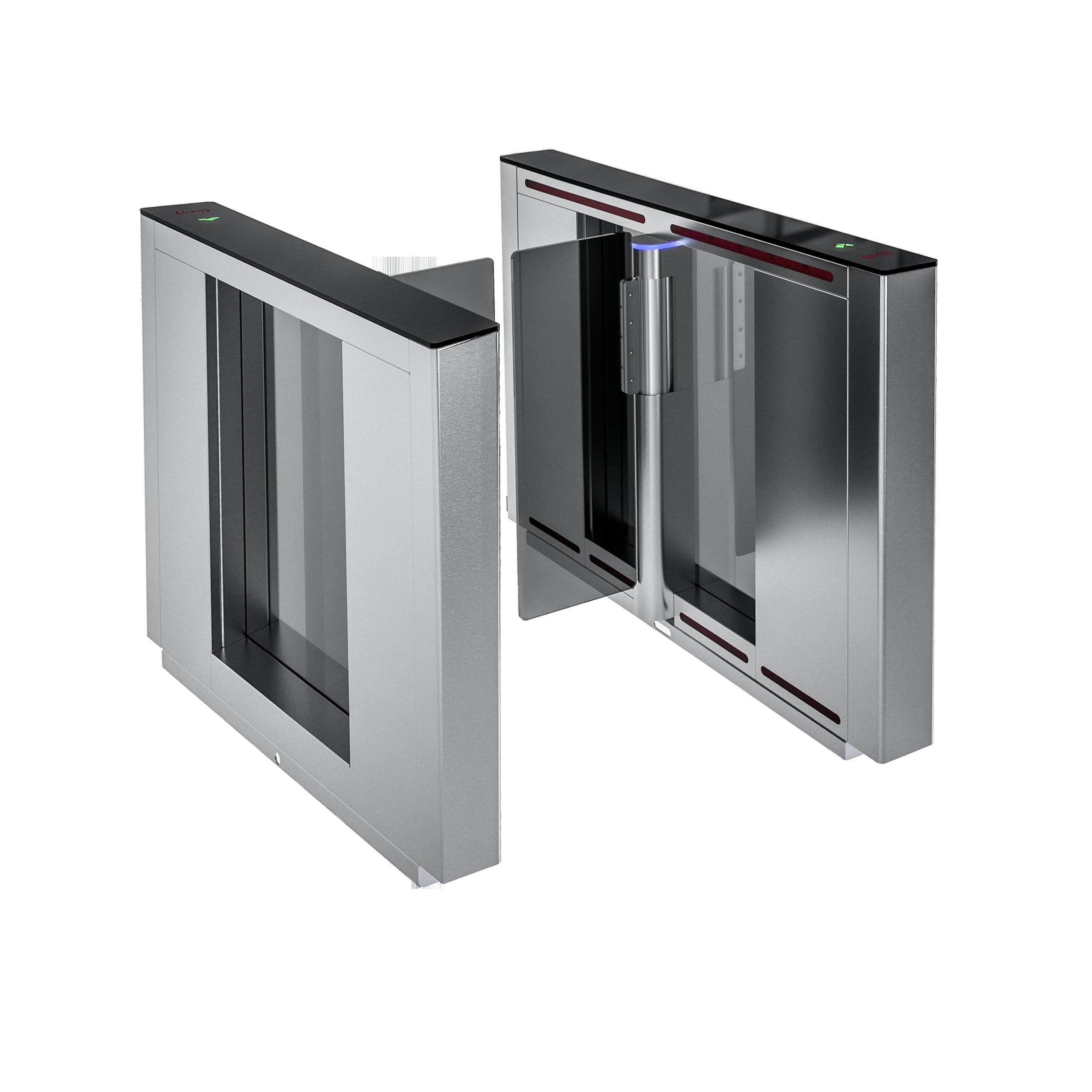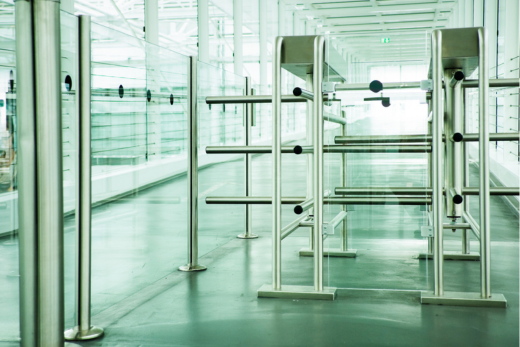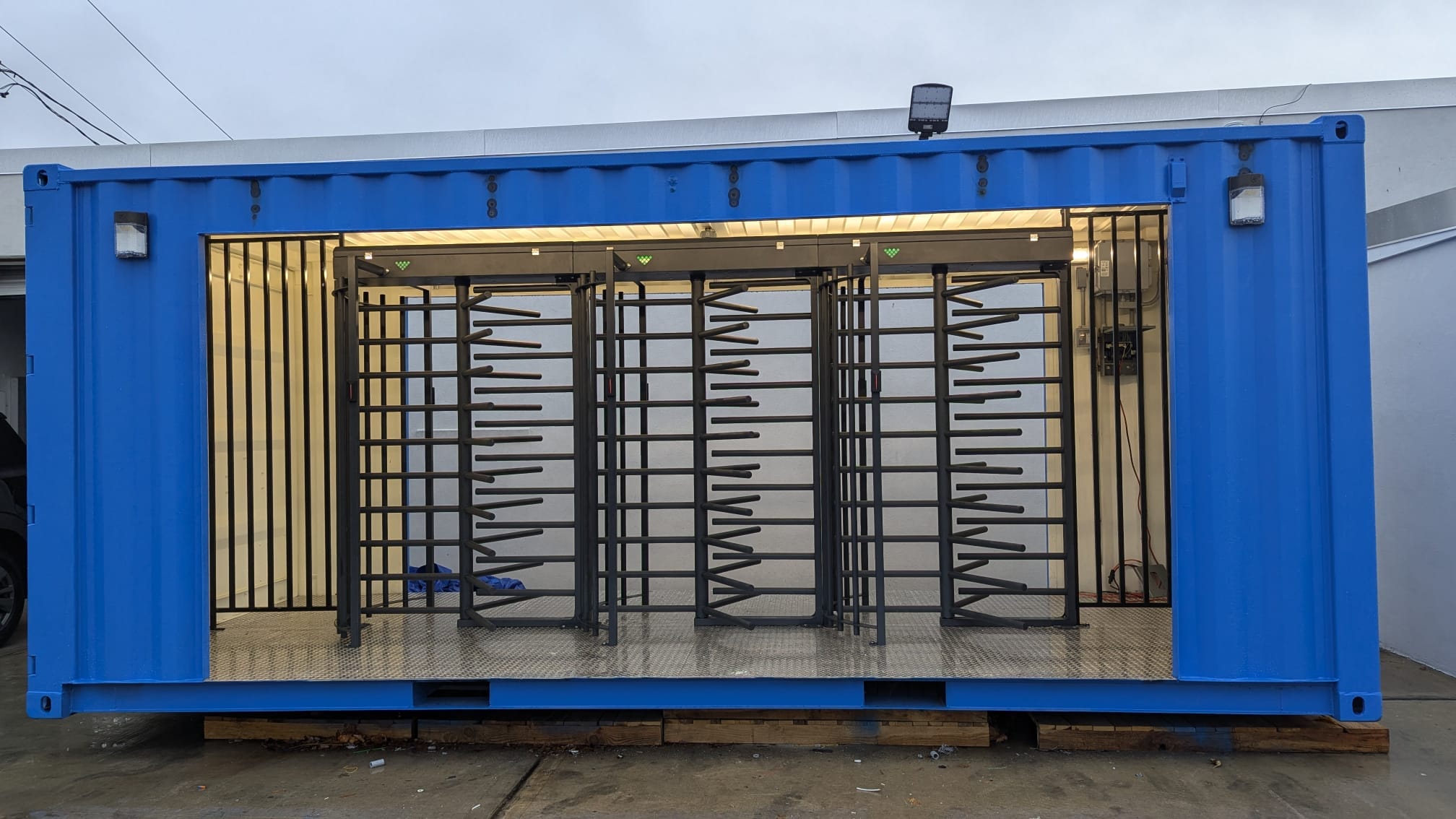Integrating Half-Height Turnstiles with Automated Access Control Systems
Understanding Half-Height Turnstiles: Key Features and Applications
Security Without Compromising Accessibility
Versatility in Design and Function
The Role of Automated Access Control Systems
Components of an Automated Access Control System
Benefits of Automation
Integrating Half-Height Turnstiles with Automated Systems
Combining Hardware and Software
Real-Time Monitoring and Control
Benefits of Integration for Enhanced Security and Efficiency
Improved Security Protocols
Streamlined Access for Authorized Personnel
Considerations for Successful Integration
Compatibility of Systems
Maintenance and Support
Conclusion: The Future of Integrated Security Solutions
As security needs evolve, so do the solutions available to manage and control access to facilities. Half-height turnstiles have become a popular choice for areas requiring a balance between security and accessibility.
When integrated with automated access control systems, these turnstiles offer an even more robust solution for managing foot traffic and ensuring secure entry points.
Let’s together explore how half-height turnstiles can be effectively integrated with automated systems, their benefits, and considerations for implementation.
Understanding Half-Height Turnstiles: Key Features and Applications
Half-height turnstiles are designed to control pedestrian flow in various environments while maintaining a lower profile than their full-height counterparts.
Security Without Compromising Accessibility
Half-height turnstiles provide a controlled access point that can be easily passed by authorized individuals. They are often used in locations like office buildings, gyms, and public transportation stations where a full-height turnstile might be too imposing.
Versatility in Design and Function
These turnstiles are available in various designs, including tripod, flap, and swing gate styles, which allows for customization based on the specific needs of a facility. Their compact design makes them an ideal choice for environments with limited space.
The Role of Automated Access Control Systems
Automated access control systems are crucial in modern security setups, providing seamless and secure access for authorized personnel while keeping unauthorized individuals out.
Components of an Automated Access Control System
An automated access control system typically includes a combination of hardware and software components such as card readers, biometric scanners, RFID devices, and access management software. These components work together to verify user credentials and manage access in real-time.
Benefits of Automation
Automating access control enhances security by reducing the chances of human error, ensuring that only authorized individuals can enter restricted areas. It also allows for efficient management of large volumes of data related to access logs, which can be useful for auditing and monitoring purposes.
Integrating Half-Height Turnstiles with Automated Systems
The integration of half-height turnstiles with automated access control systems provides a comprehensive solution for managing access and enhancing security.
Combining Hardware and Software
Integrating half-height turnstiles with automated systems involves combining physical hardware with digital access control mechanisms. This can be achieved by connecting turnstile gates to card readers, biometric scanners, or RFID systems that communicate with access control software.
Real-Time Monitoring and Control
With integration, facilities can monitor and control access in real-time. Automated systems can trigger the turnstiles to allow or deny entry based on user credentials, providing a higher level of security and ensuring that access policies are strictly enforced.
Benefits of Integration for Enhanced Security and Efficiency
Integrating half-height turnstiles with automated access control systems offers numerous benefits that enhance both security and operational efficiency.
Improved Security Protocols
By combining physical barriers with digital verification methods, integrated systems provide a multi-layered security approach. This makes it more challenging for unauthorized individuals to gain access, thereby reducing security risks.
Automation simplifies the access process for authorized personnel. Instead of relying on manual checks, employees and visitors can quickly gain entry through turnstiles using cards, biometric data, or mobile credentials, improving overall flow and convenience.
Considerations for Successful Integration
While integrating half-height turnstiles with automated access control systems offers many advantages, it’s essential to consider several factors to ensure a successful implementation.
Compatibility of Systems
Not all turnstiles and access control systems are compatible. It is crucial to ensure that the chosen turnstile model and the automated system can communicate effectively. This may involve working with vendors who offer turnkey solutions or customized integration services.
Maintenance and Support
Regular maintenance and support are vital to keeping integrated systems functioning smoothly. Both the turnstiles and the access control software should be maintained to prevent malfunctions and ensure security protocols are up-to-date.
Conclusion: The Future of Integrated Security Solutions
Integrating half-height turnstiles with automated access control systems represents the future of efficient and secure access management. This combination offers a perfect balance between robust security and user-friendly access, making it an ideal solution for various environments.
As security needs continue to evolve, investing in integrated systems will not only provide peace of mind but also enhance the overall operational efficiency of any facility. By choosing the right integration strategy, you can create a secure, streamlined, and modern access control system tailored to your specific needs.
